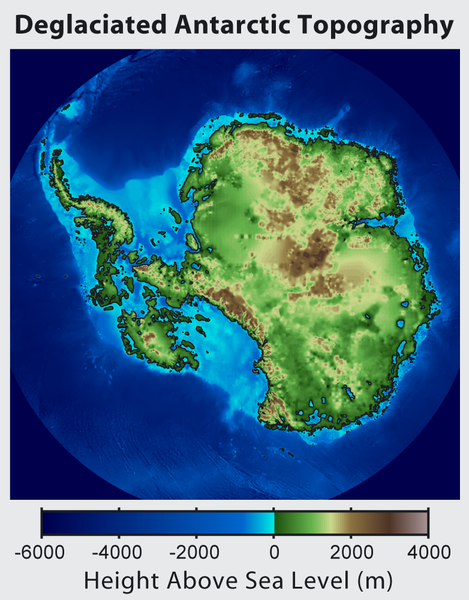Datoteka:Antarctica Without Ice Sheet.png

Veličina ovog prikaza: 469 × 600 piksela. Ostale razlučivosti: 188 × 240 piksela | 375 × 480 piksela | 782 × 1.000 piksela.
Vidi sliku u punoj veličini (782 × 1.000 piksela, veličina datoteke: 675 KB, MIME tip: image/png)
Povijest datoteke
Kliknite na datum/vrijeme kako biste vidjeli datoteku kakva je tada bila.
| Datum/Vrijeme | Minijatura | Dimenzije | Suradnik | Komentar | |
|---|---|---|---|---|---|
| sadašnja | 18:56, 16. lipnja 2015. |  | 782 × 1.000 (675 KB) | Szczureq | larger image |
| 07:57, 10. listopada 2012. |  | 469 × 600 (316 KB) | Strannik27 | User created page with UploadWizard |
Uporaba datoteke
Nijedna stranica ne rabi ovu datoteku.
Globalna uporaba datoteke
Sljedeći wikiji rabe ovu datoteku:
- Uporaba na ar.wikipedia.org
- Uporaba na ast.wikipedia.org
- Uporaba na ban.wikipedia.org
- Uporaba na ba.wikipedia.org
- Uporaba na be-tarask.wikipedia.org
- Uporaba na be.wikipedia.org
- Uporaba na br.wikipedia.org
- Uporaba na bxr.wikipedia.org
- Uporaba na ca.wikipedia.org
- Uporaba na cs.wikipedia.org
- Uporaba na de.wikipedia.org
- Uporaba na en.wikipedia.org
- Uporaba na es.wikipedia.org
- Uporaba na es.wikibooks.org
- Uporaba na fr.wikipedia.org
- Uporaba na id.wikipedia.org
- Uporaba na it.wikipedia.org
- Uporaba na ja.wikipedia.org
- Uporaba na ka.wikipedia.org
- Uporaba na kn.wikipedia.org
- Uporaba na la.wikipedia.org
- Uporaba na mn.wikipedia.org
- Uporaba na nl.wikipedia.org
- Uporaba na no.wikipedia.org
- Uporaba na pl.wikipedia.org
- Uporaba na ru.wikipedia.org
- Uporaba na tg.wikipedia.org
- Uporaba na tr.wikipedia.org
- Uporaba na uk.wikipedia.org
- Uporaba na zh.wikipedia.org
- Uporaba na zu.wikipedia.org

